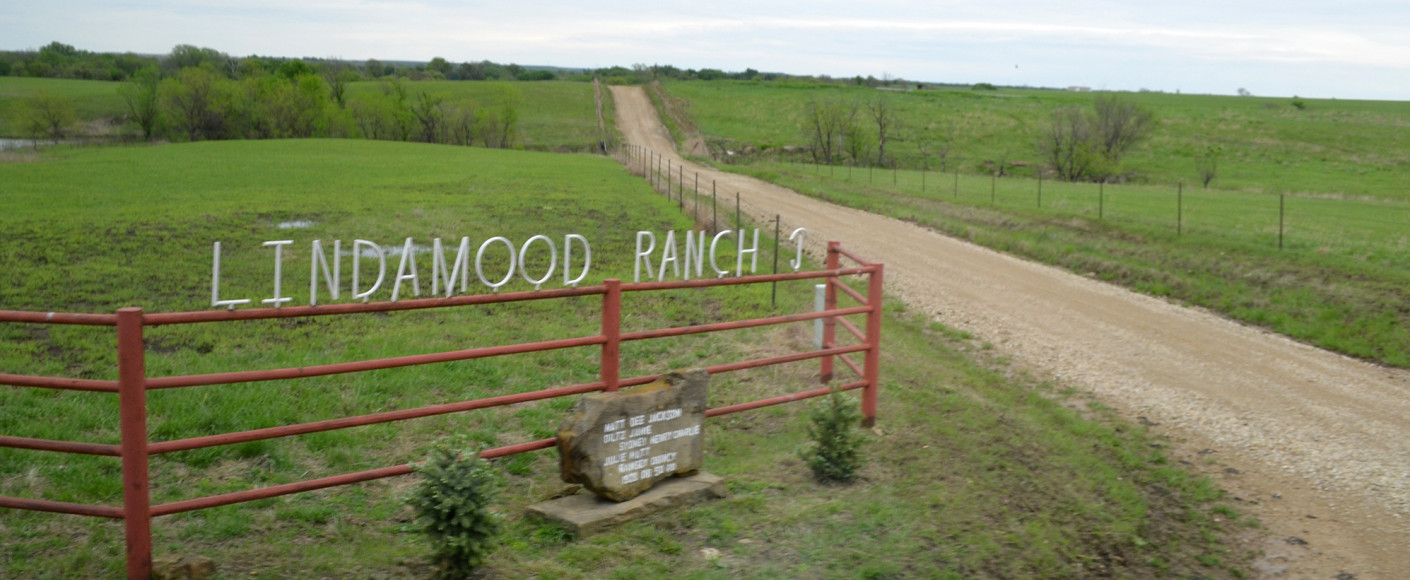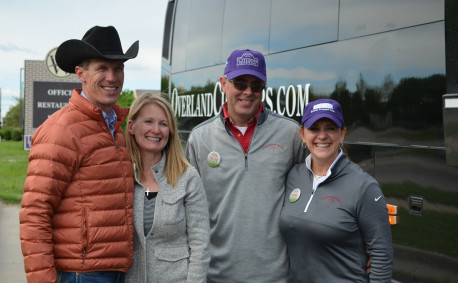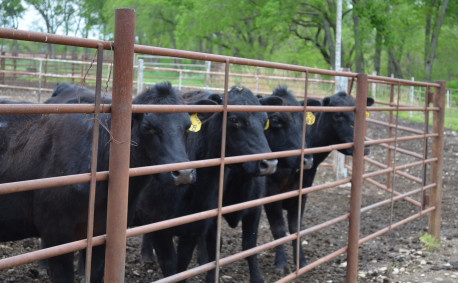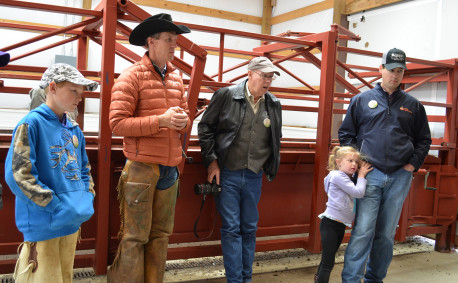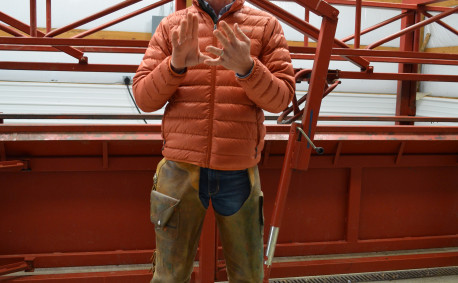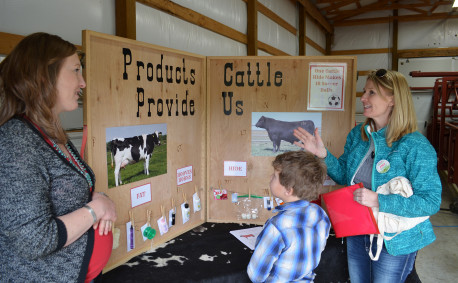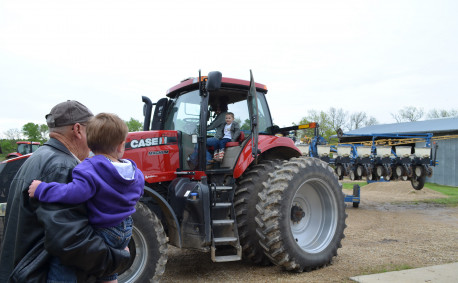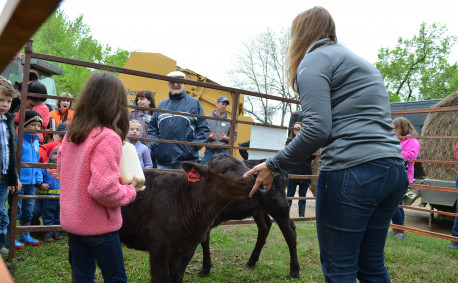My Day at the Ranch
I’m not a country girl. Sure, I’ve seen cattle grazing and watched machines—combines, I think?—harvesting crops during summer. But I don’t have a deep, personal connection to farm life.
You probably don’t, either.
Five generations ago, about half of Americans farmed. If you didn’t farm yourself, chances are a relative or friend did. You’d have some kind of connection to the people who were responsible for producing your food.
Today, the number of farmers has fallen to around two percent of the population. That easy connection we all once had to the agricultural life is nearly gone.
You’ve probably heard a story like this: When asked where food comes from, a person replies, “the grocery store.”
While I’m glad to say I know my food comes from farmers and ranchers, I couldn’t have told you the difference between a heifer and a cow—don’t get me started on bulls and steers—at least, I couldn’t have before I spent a Day at the Ranch in Greenwood County, in southeast Kansas.
This daylong tour took me and about 100 other visitors to two different ranches, where we were treated to so much eye-opening information I can’t possibly capture it all in one blog post. (Rest assured, I won’t try! But look for more insights from the ranch in the coming months, so check back in!)
Our two main guides were Jamie Lindamood of Lindamood Ranch and Greenwood County CattleWomen, and Matt Perrier of Dalebanks Angus Ranch.
Matt, decked out in jeans, plaid shirt and cowboy hat, struck me as the quintessential country boy at first. But the stereotype ended there.
“We aren’t hicks from the sticks,” Matt told us. “Agriculture ain’t for babies and it’s not for dummies.”
And boy, was he right. Today’s farmers are well informed and well educated. Our hosts were smart—citing science and stats that had my head swimming. They were caring—showing at every turn that the welfare of their cattle came first. They were passionate—sharing their knowledge and insights into a way of life that starts before sunrise and ends long after sunset.
Throughout the day, they, their family members, and their colleagues shared thoughts about “turning seed into feed into food” (as Jamie put it).
No question was off limits. We talked about GMOs (genetically modified organisms), the recent wildfires that devastated ranches in Kansas and pesticide use.
A far cry from the alarmist tone about food from so many online sources, their voice— the voice of agriculture—was calm, reasonable, confident and backed by science.
Here are just a few (of many!) takeaways I had from the day:
- Controlled Burns: The Tallgrass Prairie is one of the most endangered ecosystems in the world. Less than four percent remains, most of which is in the Flint Hills of Kansas. Controlled burns help preserve the ecosystem by destroying invasive trees and shrubs that could destroy the prairie.
- Antibiotics: Just like with humans, cattle are given antibiotics only when absolutely necessary, and only in proper doses with veterinary oversight.
- Vaccinations: Leptospirosis prevention, deworming, bug repellant—the vaccines cattle get are similar to those my dogs get at the vet. Plus, modern equipment enables ranchers to administer recommended vaccinations with minimal stress on the animals.
- Herbicides and Pesticides: Depending on the type of herbicide or pesticide, farmers may use as little as one-third of an ounce, combined with about 20 gallons of water, to treat an entire acre of cropland. We probably use more herbicide on our lawns at home than farmers do to treat an entire field.
The science was fascinating. The business practices were enlightening. And the care and passion these farmers and ranchers showed was inspiring.
I’m so glad I was able to learn more about where my food comes from! While I’d encourage anyone to attend a similar event, I know that’s not always possible. At the very least, look for some Kansas farms or ranches to follow on social media. Because thanks to technology, we don’t have to lose our connection to agriculture, even if the last time you visited a real farm was when your kid was nine! Here are a few good follows from the event:
- Dalebanks Angus Ranch
- Greenwood County CattleWomen
- Kansas Department of Agriculture
- Kansas Livestock Association
Oh, and by the way, a heifer is a female bovine that hasn’t had a calf. A cow is a female bovine that has. Bulls and steers…well…replace the “u” with an “a” and you’ve got the difference right there. (Mountain oysters, anyone?) The more you know, right?!

